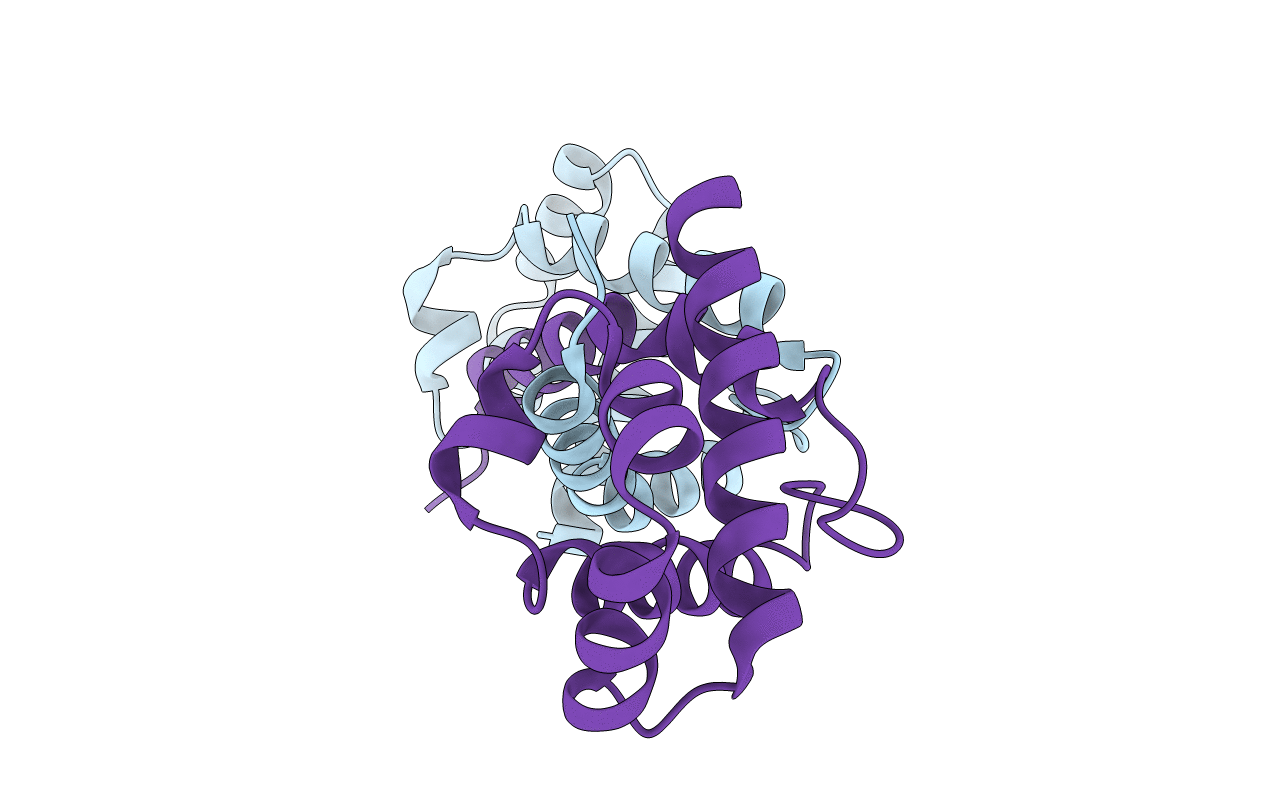
Deposition Date
1999-04-29
Release Date
1999-10-20
Last Version Date
2024-02-14
Entry Detail
PDB ID:
1QB2
Keywords:
Title:
CRYSTAL STRUCTURE OF THE CONSERVED SUBDOMAIN OF HUMAN PROTEIN SRP54M AT 2.1A RESOLUTION: EVIDENCE FOR THE MECHANISM OF SIGNAL PEPTIDE BINDING
Biological Source:
Source Organism:
Homo sapiens (Taxon ID: 9606)
Host Organism:
Method Details:
Experimental Method:
Resolution:
2.10 Å
R-Value Free:
0.31
R-Value Work:
0.24
Space Group:
P 21 21 21


